Port Douglas: Where Rainforest Meets Reef
April 22nd, 2016Where there’s a rainforest, there’s a reef because – fun fact! – coral is grown from rainforest emissions. It may be vastly over simplified statement about a very complex scientific phenomenon however this is one of the things DBLS found out while on a Barrier Reef trip in January. Whatever the scientific causes of it, the Daintree Rainforest and The Barrier Reef are a heritage–listed match made in tropical heaven.
Travelling around the outer reefs with Wavelength Reef Charters on their recently launched brand new fast catamaran, Wavelength IV, we inspected coral gardens that gave new meaning to the terms teeming and layered. Kitted out with a new GoPro we recorded huge schools of tropical fish, rays, and giant clams all found on reef atolls that were bursting with colour and movement everywhere we pointed our camera.
The coral bleaching events that have been in the news lately were not in evidence at Chun’s reef nor at the stunning and aptly named Opal Reef, but the experienced crew on board Wavelength IV were at pains to emphasise the overall health of the reef and our responsibility towards maintaining it. Put simply, coral doesn’t like warm water. When it becomes purple it is in the advanced stages of distress. Coral that has little to no colour (aka bleached) is in peril of dying or is dead. Hence the problems global warming presents for Barrier Reef, our most precious natural asset and the largest living organism on earth. Even a one degree increase in water temperature is a disaster for coral.
Wavelength only caters for up to 46 people (and on ours we only had 23 or so) on their boats and they decide on each of three locations they drop anchor at on any given day depending on the conditions, making the experience less mass-tourism and more bespoke. TripAdvisor rates Wavelength Tours as Number 1 for a good reason. As we free dived to inspect crevasses of the three reefs and while snorkelling amongst the seemingly infinite varieties of Nemo (1500 species of fish!), we were both humbled and grateful.
To learn more about The Reef and to donate visit WWF.
To save The Reef and get involved visit Greenpeace.
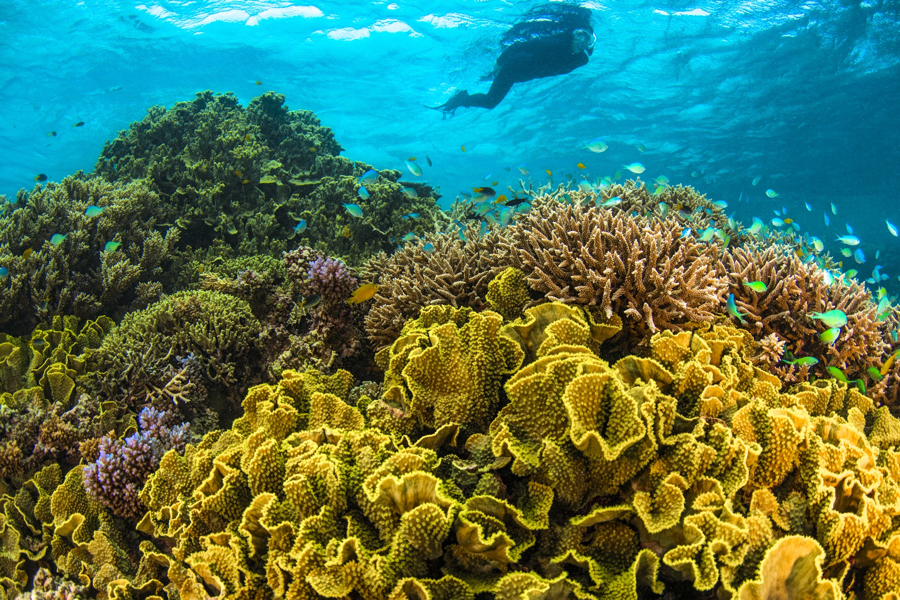

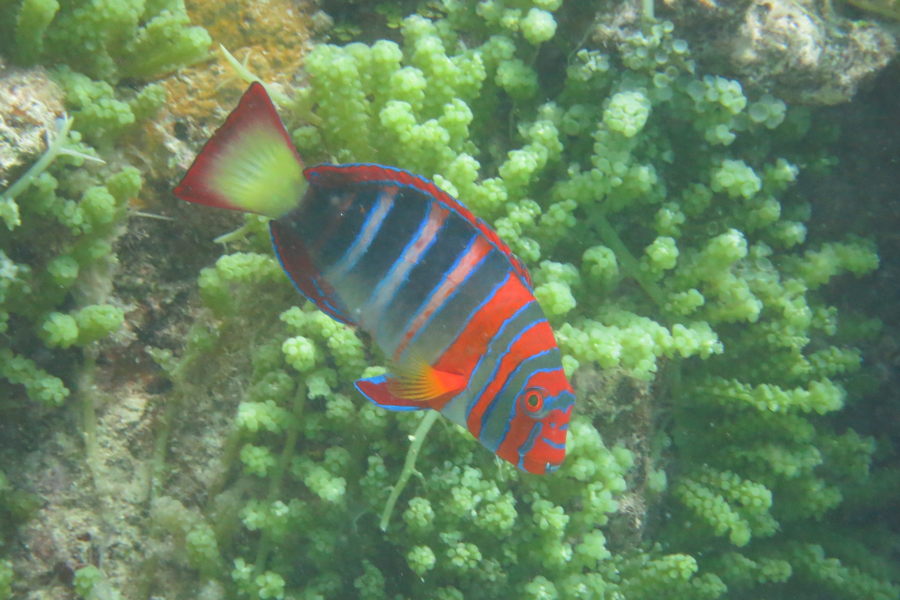


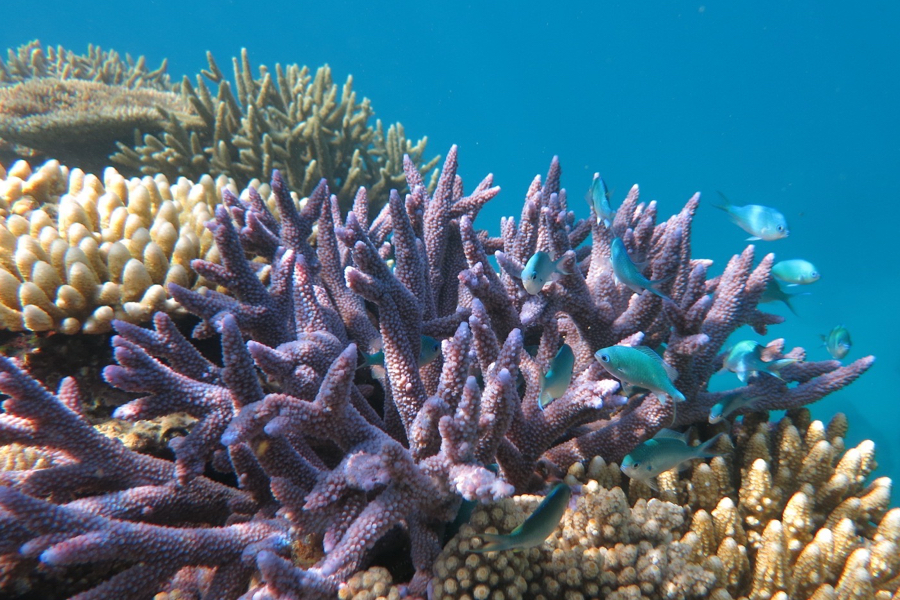
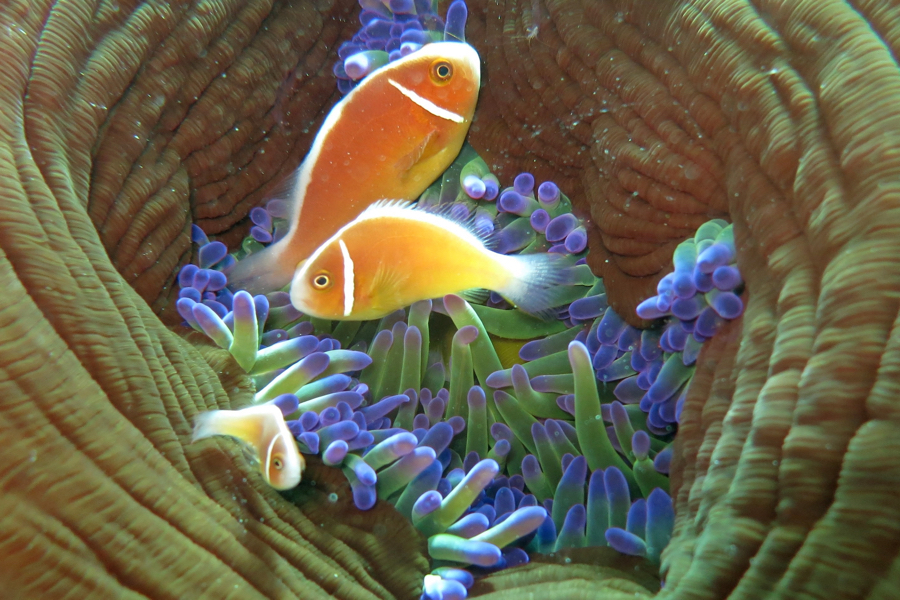
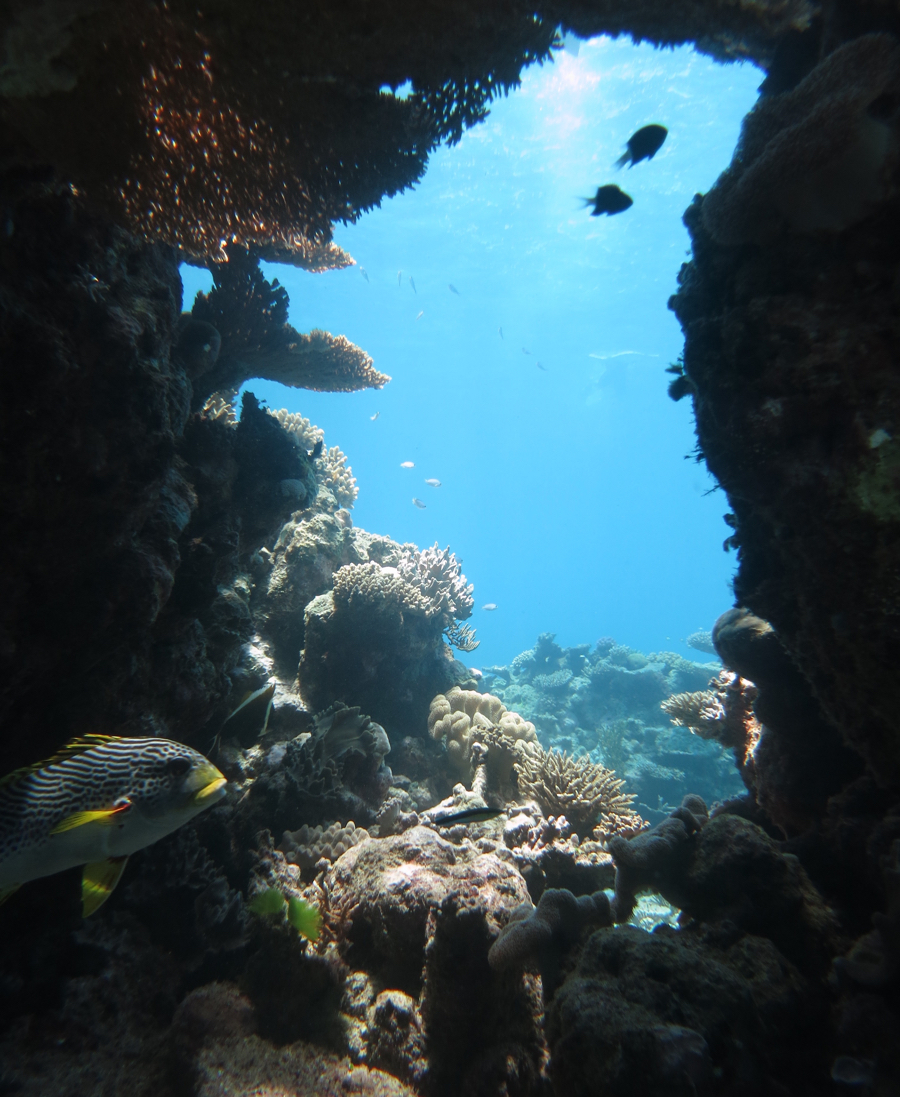
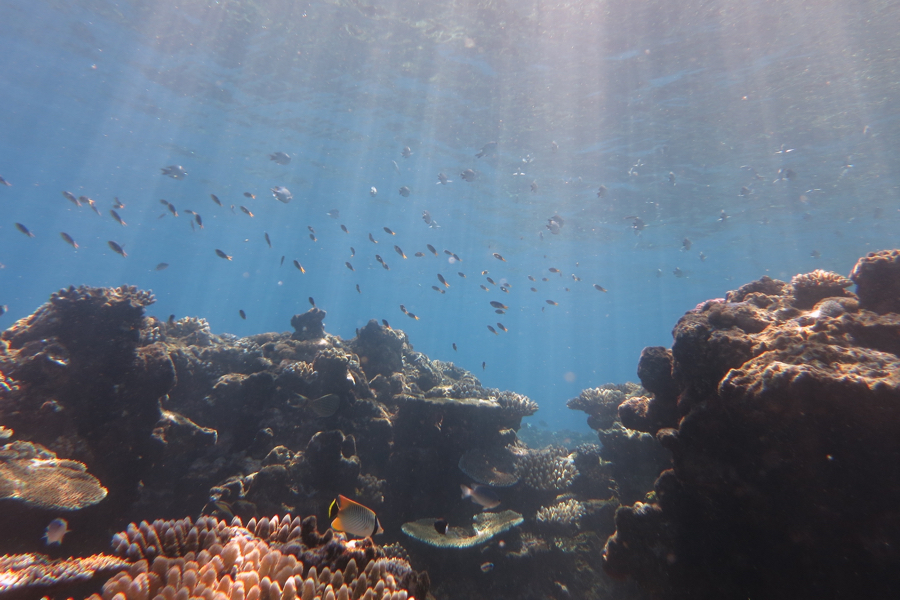
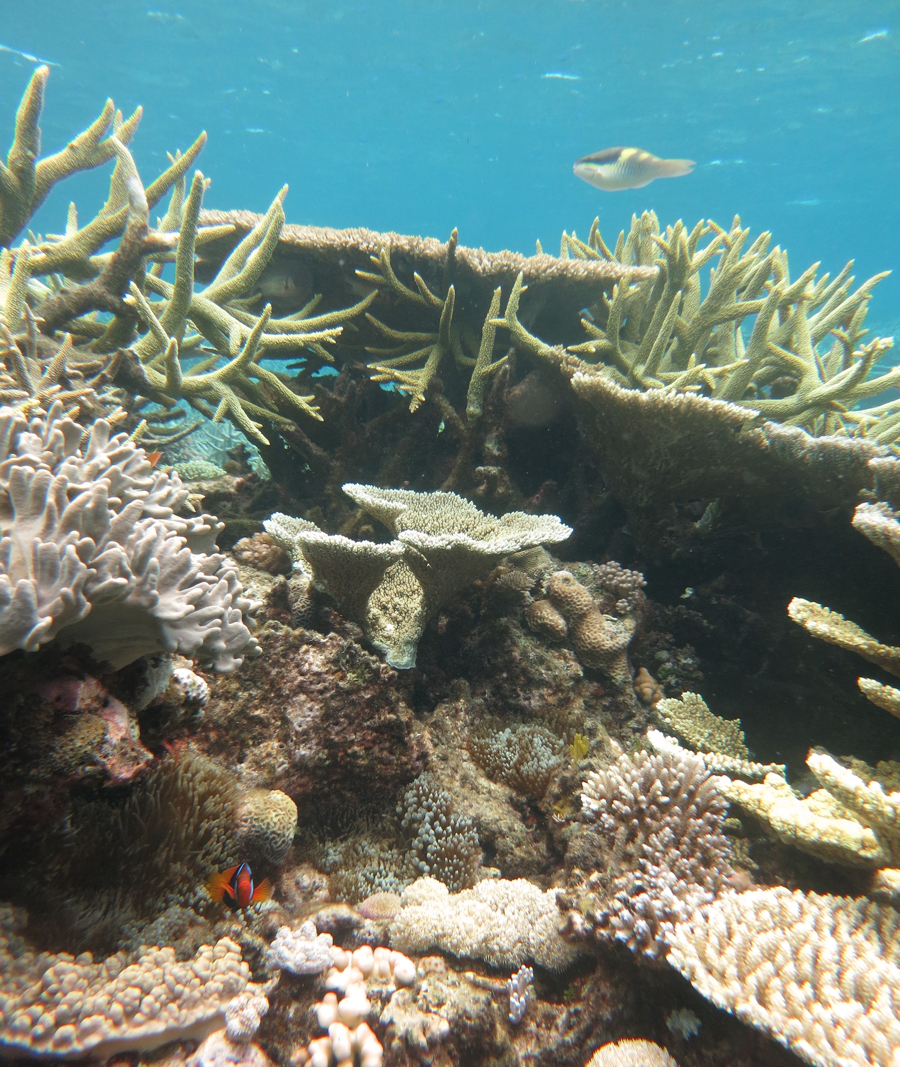


See our gallery from the reef: photography copyright Wavelength cruises and Anthea Paul